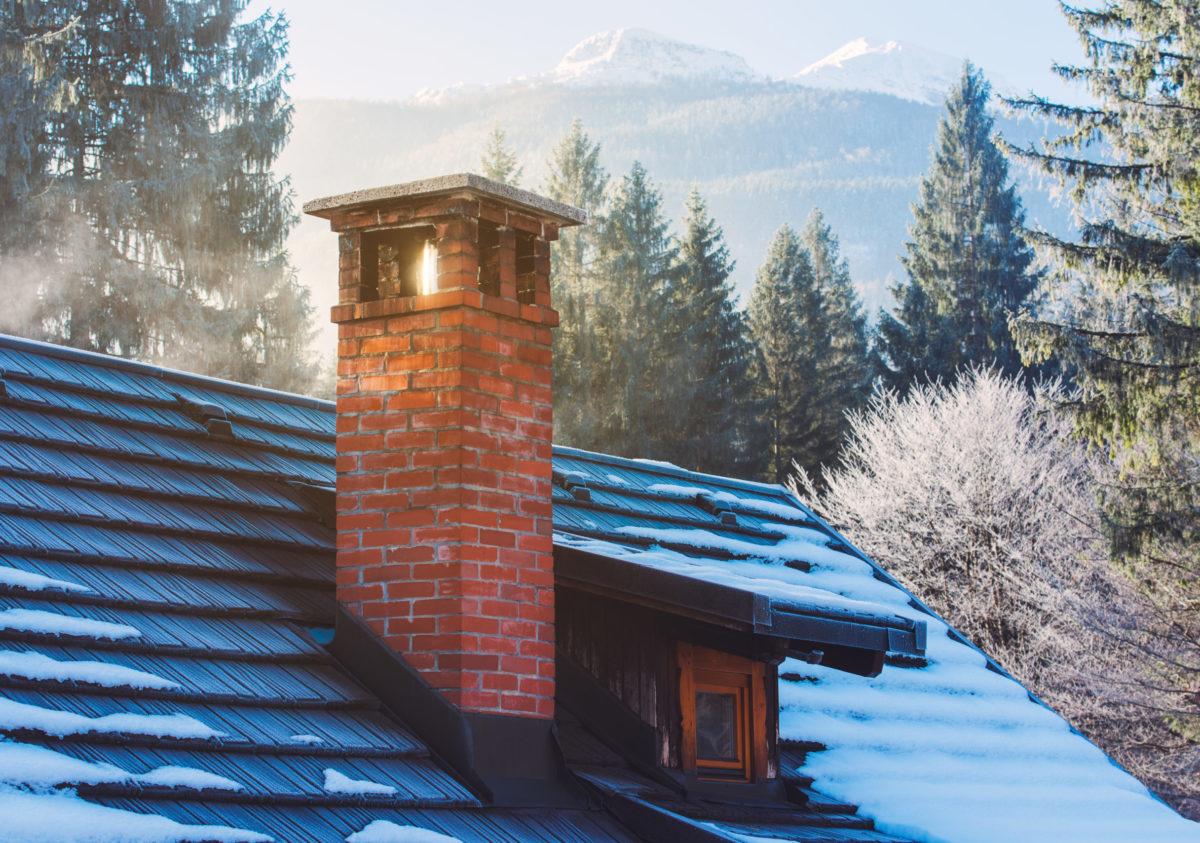Types of Flashing, Flashing Materials, and Why They Are Important For Your Roof

Posted on February 23, 2022 by Phillip Camerer
Whether it’s a new roof or a roof that has existed over your head for years, a roof is made of many pieces that work together to protect your home from the elements. Roof flashing is just one of those important key components. This thin material helps direct water away from areas that are susceptible to water leaks such as vents, chimneys, and skylights. As there are several types of roof flashing, it is important to distinguish the style and material type that is on your roof.
Types of Flashing Commonly Used:
- Continuous Flashing
- Also called Apron Flashing
- One continuous piece of flashing between a vertical wall and the roof
- Drip Edges
- Located along the eaves of a roof
- Keeps water from moving underneath the roof as it drains off the edge
- Step Flashing
- Used for roof to wall joints
- Bent at 90 degrees
- Used with others to overlap
- Keeps water from moving behind or underneath the flashing
- Valley Flashing
- Joins two roof planes to direct water
- Protects and moves water down roof valleys
- Vent Pipe Flashing
- Cone-shaped
- Protects against water leaks around any pipes that protrude from the roof
Flashing Materials
- Aluminum Flashing
- Inexpensive
- Lowest durability level
- Easily corroded
- Replaced often
- Vinyl and PVC Flashing
- Lightweight
- Susceptible to cracks and breaks
- Not recommended for wet/humid or hot climates
- Steel and Galvanized Steel Flashing
- Commonly used
- Heavy duty for durability
- Galvanized for corrosion resistance
- Higher cost to due the weight of the material during installation
- Copper Flashing
- Lightweight
- Resistant to cracking and corrosion
- Unaffected by hot climates and extreme
- Higher cost to due the highest level of durability
Keep in mind that sometimes there are building codes that won’t allow or only allow for certain materials. So always check with a professional roofing contractor to help you stay within your guidelines.
Why is Roof Flashing Important?
Roof flashing is key to keeping your house protected from weather elements and prevent avoidable wear and tear of your roof. It’s actually changes in the weather that can compromise your roof due to the constant expansion/contraction of the roofing materials. Improperly installed or low quality materials will bend, warp, and eventually break under the stress. It’s imperative for your roof’s lifespan and durability for susceptible areas to be properly protected before it creates discoloration, leaks, and even structural damage.
Do You Need Flashing On A Flat Roof?
It is extremely significant for flat roofs to have proper roof flashing. Since a flat roof has tendencies to hold water longer compared to a sloped roof, roof flashing around especially vital areas help protect your home from water damage. Any water that is blown around in a storm or by strong winds will find every gap and work its way underneath the roof. Proper roof flashing helps protect your roof from water damage.
Your Four States Experts for Roofing Material
While it is up to you to decide on the type of metal, it’s best to consult a professional as they know what will work best for your area. From building a new roof, performing roof replacements, or even working on flat roofs. Our experts at Phillip Camerer Roofing have years of roof flashing installation experience and can help guide you to the proper roof flashing that will fit your needs. If you have any questions or would like to consult with our roofing experts, reach out to us today. We are here to help and would love to hear from you!
